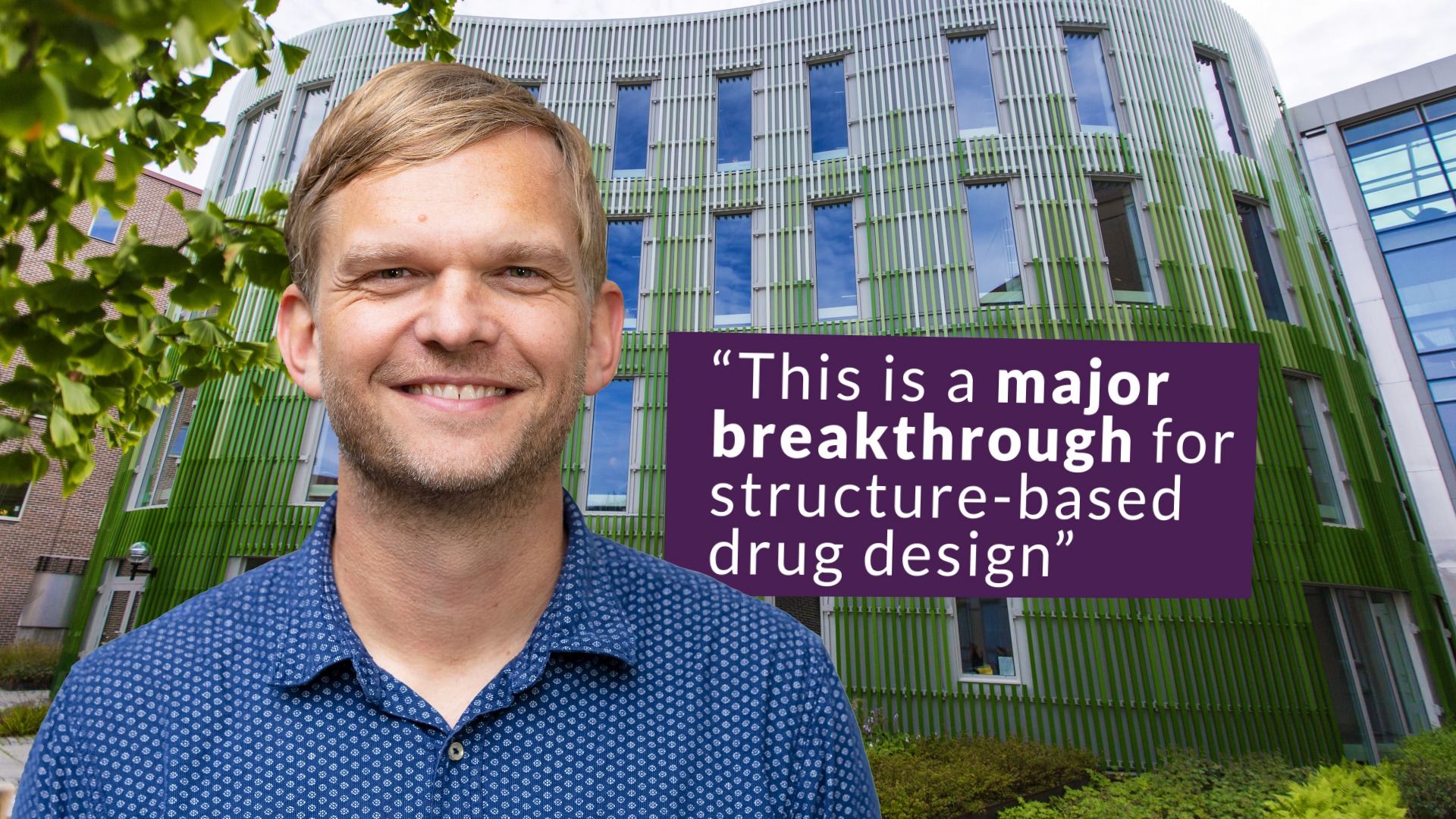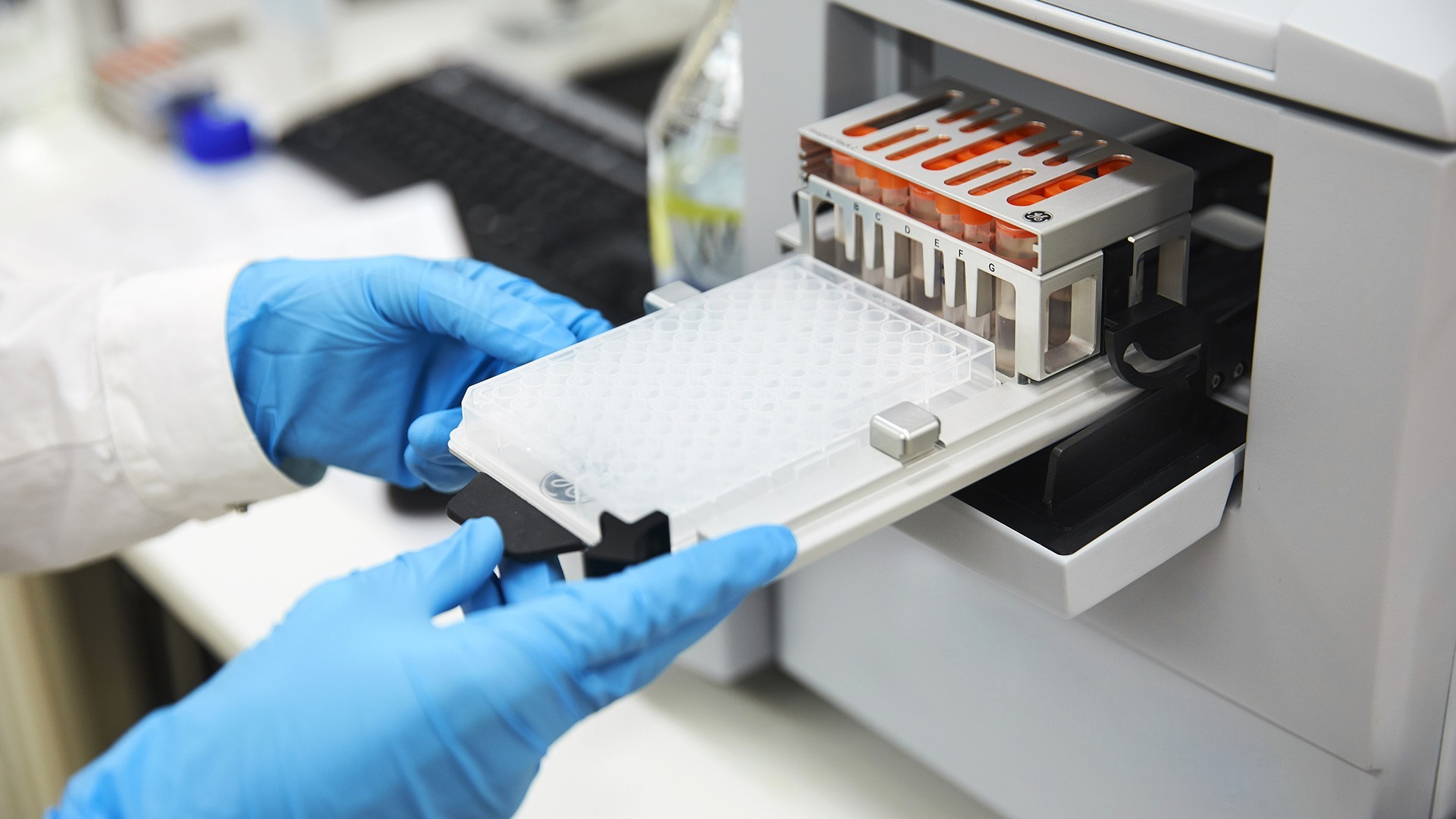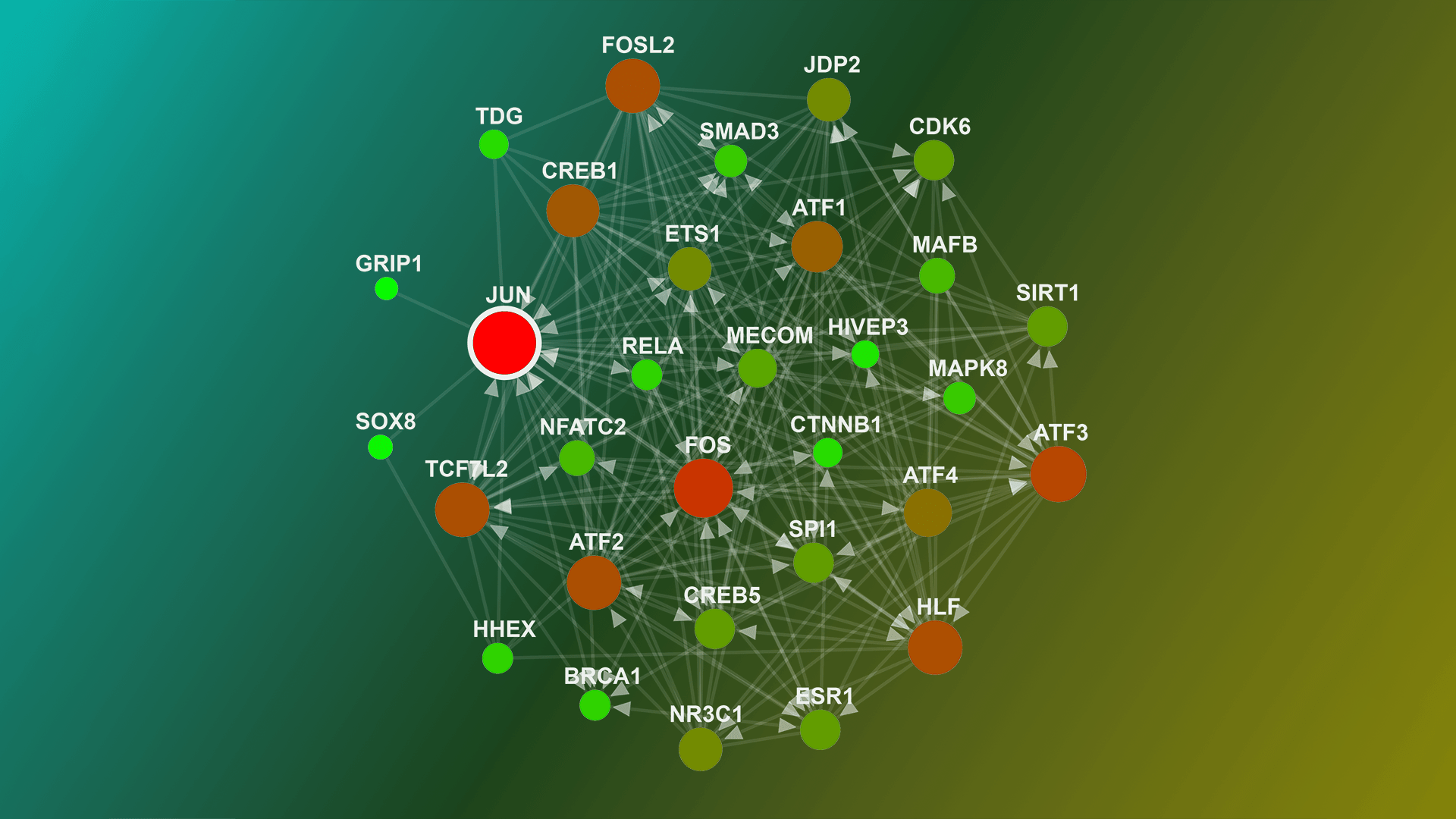Artificial intelligence accelerates drug design: “astonishingly high accuracy”
New pharmaceuticals for psychiatric disorders can now potentially be developed, after researchers identified molecules that bind to a receptor promising in drug development.
In modern drug discovery, experimental methods are often used to determine a target protein’s three-dimensional structure – and to understand how molecules bind to them. When knowing the protein structure, researchers can design pharmaceuticals more effectively.
For many of these proteins, determining the structure can be very challenging. Advances in artificial intelligence have made it possible to predict these structures with high accuracy, which could potentially accelerate the design of new drugs. Until now, however, it has not been clear if the AI methods are accurate enough.
One of the main artificial intelligence tools for protein structure prediction is AlphaFold. When AlphaFold 2 was released, we wrote this to explain in simple terms what it was: “It is a software that calculates what the structure should look like, instead of experimentally determining the structure by using for example X-ray crystallography or a cryo-EM microscope – processes that are both time consuming and expensive”.
AlphaFold 2 was used by the SciLifeLab and Uppsala researchers to predict the three-dimensional structure of the TAAR1 receptor, which in previous research has been shown to be a promising target for treating schizophrenia and depression.
At the final stage of the study, experimental structures of the TAAR1 receptor became available. The researchers could now compare these to their models.
“The structures generated with AI had astonishingly high accuracy and enabled the discovery of potent molecules. This is a major breakthrough for structure-based drug design, and we can now use the same technique for many other therapeutically relevant proteins” says Jens Carlsson, who led the work at Uppsala University.
Out of millions of molecules in a chemical library, the Uppsala researchers – Jens Carlsson and Alejandro Díaz Holguín – selected 30 that were likely to bind to the receptor using the AlphaFold 2 model. Researchers at Karolinska Institutet – Per Svenningsson and Marcus Saarinen – then tested the molecules in experiments on both cells and animals. They found that a large number of these activated the receptor, and that a further optimized molecule also showed promising results when tested on animals.
“TAAR1 is a promising druggable target which we have been working on for many years. I was truly amazed when I understood that AlphaFold 2, in the hands of Jens and Alejandro, could identify so many novel and potent TAAR1 agonists” says Per Svenningsson who led the work at Karolinska Institutet.
“This interdisciplinary and complementary collaboration is really stimulating and I hope that we will continue to produce groundbreaking results together in the future” adds Per Svenningsson
The study is published in Science Advances
DOI: 10.1126/sciadv.adn1524
For questions regarding the study:
Professor Jens Carlsson, Department of Cell and Molecular Biology at Uppsala University and SciLifeLab, jens.carlsson@icm.uu.se, telephone: 072-227 79 76.





